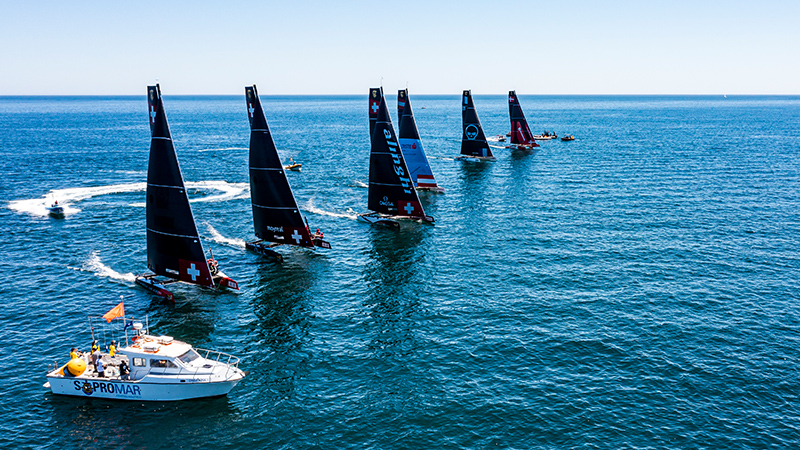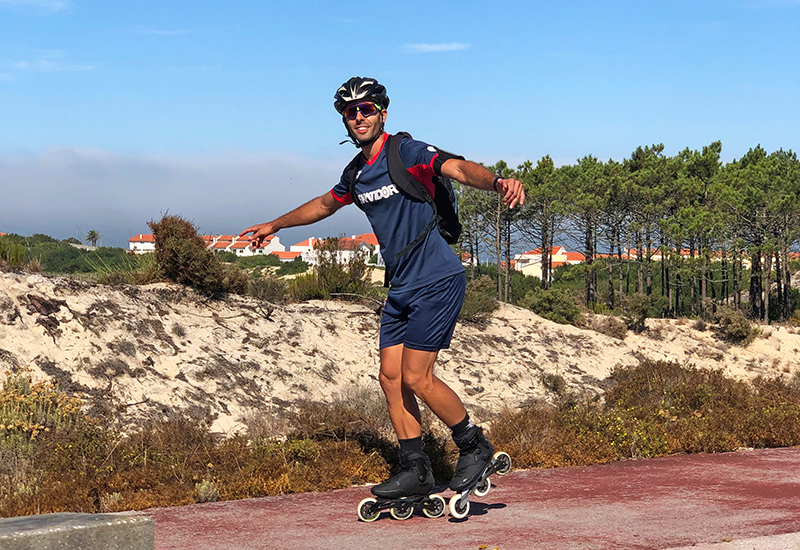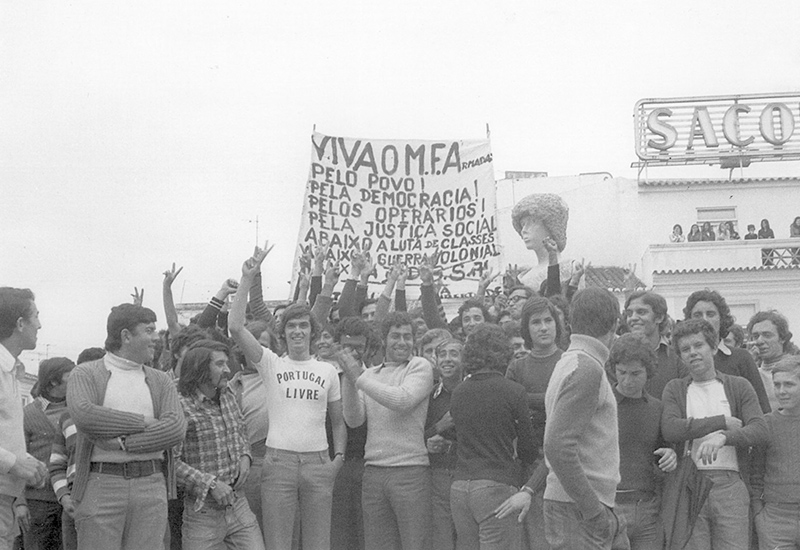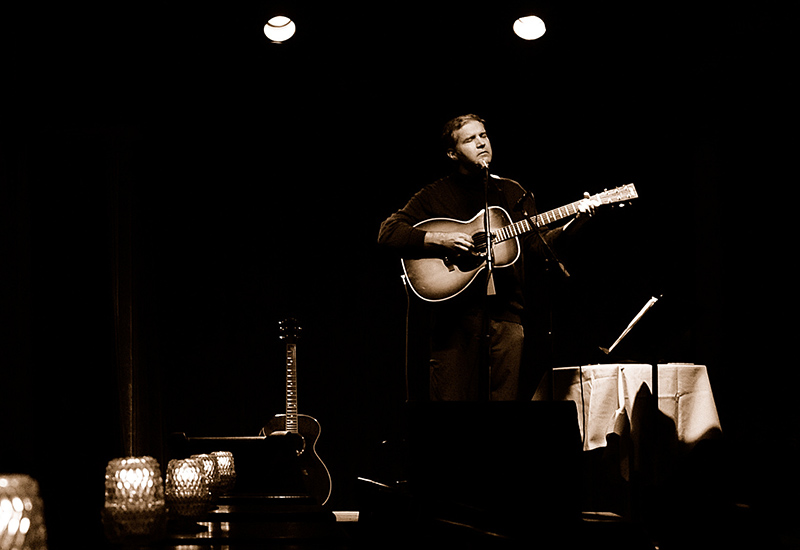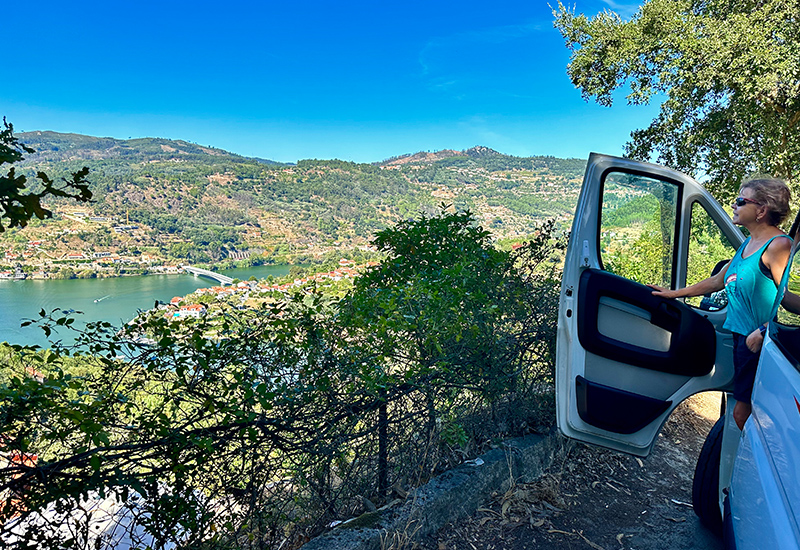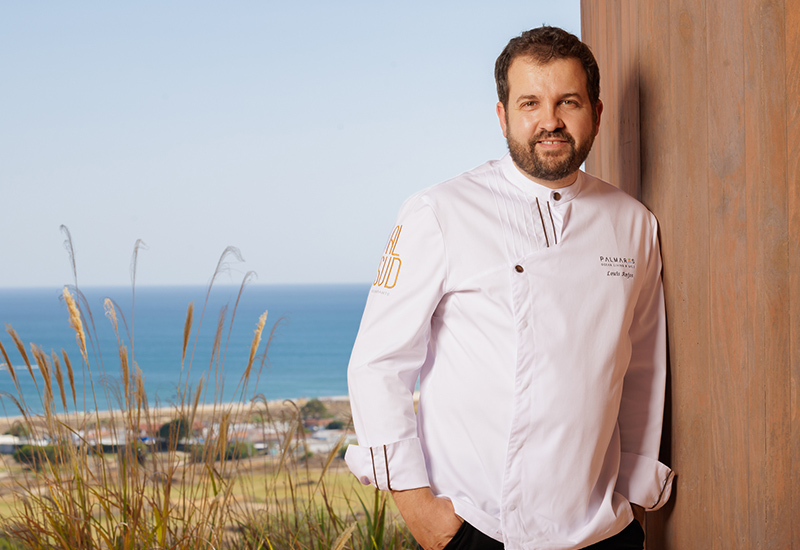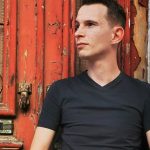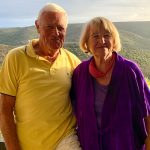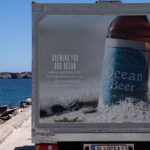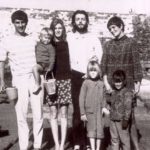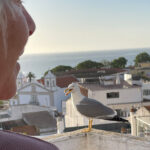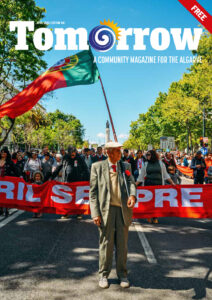By David Lugg
August saw the arrival of the GC32 Racing Tour into Lagos. Constructed of carbon fibre and reaching top speeds of 40 knots (74 km/h; 46mph), the GC32 is a class of hydrofoiling catamaran that provides pro-sailing teams and private owners the opportunity to experience high-performance racing but at a fraction of the cost of the America’s Cup. David Lugg caught up with two of the great names of international sailing.
Hans-Peter Steinacher
Within the world of sailing, Hans-Peter Steinacher is somewhat of a legend. Racing the Tornado class boat (a multi-hull catamaran that can reach speeds up to 30 knots), he is a four-time European Champion, World Champion and two-time Olympic gold medallist. Not bad for someone who started off sporting life as a downhill skier. In fact, Hans-Peter came into sailing rather late by today’s standards and didn’t win his first European Championship until he was almost thirty.
His late start in professional sailing certainly didn’t hinder his progress as he went on to race in the America’s Cup, Extreme Sailing Series and, most recently, the GC32 Racing Tour. It is the latter of these that sees Hans-Peter come to Lagos for the latest round of the GC32 tour championship, though, as he points out, this is certainly not his first visit to the region.
“I have been here five times now. In June and July, it is one of the best places that you can find (to sail) in the world. For the Scandinavian teams, it is a little bit far away for transportation of containers, but it is the perfect place for every kind of regatta.”
Hans-Peter has himself come a long way since growing up in the Austrian ski resort town of Zell am See, but it was the town’s 4.7km² lake that helped put him on the path to sailing success. “I started as a ski racer at 16 years of age and started sailing very late. I don’t think it would be possible now if you’re not learning as a kid. My big advantage is that skiers train their bodies very well and when I jumped on the sailing boat, it was more or less an easy job for me. It helped to create a sailing style that was dynamic and active.”
Indeed, Hans-Peter’s legacy is based upon his desire to improve technically and innovate the sport – he is widely regarded for pioneering his own custom sails. He explains how he and his long-time sailing partner Roman Hagara have had to adapt their approach to achieve success.
“We have always been on the lighter side and are maybe 10kg less than the other teams, so we have had to be innovative to find a way to have no deficit. We have had to create a system that makes us better.”
This attitude has provided much success throughout his long career, though he has no doubt which has been his proudest moment. “It’s for sure the first gold medal in Sydney (2000 Olympics) where you are in front of the Opera House and Harbour Bridge. It is the most memorable moment.”
And anything that he hasn’t yet achieved? “Winning the America’s Cup,” he replies without hesitation. “It’s not happening at the moment but we have been involved in this. Because in my first Olympics, I was over 30, everything was a little bit late and you more or less miss the opportunity over the ten years.”
I am keen to hear his views on the mental side of professional sport, something which is becoming increasingly prevalent. “In some sports the athletes are getting so young and to get (the mental side) aligned is very hard for them. For me, it was a big advantage that I was 32 in Sydney. It’s a big difference if this thing hits you at 18 than at 30 because you are not prepared at a young age. The public only see you as a successful sportsperson, but the person behind is missing. They are not seen as a young person that needs normal friends.”
It is a timely reminder that though Hans-Peter Steinacher is far from ‘normal’ in terms of his sporting prowess, he began life as a young skier from a small town in Austria. He recently announced that 2021 will be his final year of racing although he will continue to work with young sailors, offering them opportunities that their own personal circumstances may not allow. It is reassuring to know that as well as being a great champion he is also a true ambassador for sailing.
João Cabeçadas
João Cabeçadas is an extraordinary man. From an early age it became clear that his life would be dedicated to the sea. He learned to sail on his father’s self-built boat in Setúbal before taking up dinghy racing, keelboats and windsurfing. A career in the merchant navy beckoned where he spent eight years on tankers and tugs before the lure of professional sailing took hold. His many achievements include three America’s Cup campaigns, sixteen crossings of the Atlantic Ocean and three Round the World yacht races. He is currently a member of the GC32 shore crew for the Alinghi team.
Your nautical CV is spectacular and you have accomplished so much in your career. How have you managed to raise a family whilst living such a nomadic lifestyle?
In the Round the World yacht races, we would be away for nine months, but my girlfriend, who is now my wife, would come over to the stopovers in Uruguay, Australia, New Zealand or wherever we would visit. We had our first girl, then the second – they would go to international schools with kids from all the other teams.
So sailing is not only a sport, but an extended family?
Yes. On our days off, we would meet with parents from the other teams. On the water we want to beat them but away from it we are one big community.
You were in the Merchant Navy before taking up professional sailing. How much of a change of lifestyle was it?
I left a career with a steady salary. With professional sailing we would go on a job for a week and then we would be looking for the next job. There were times when we did not have a job. But when I look back I would do everything the same. When we are born we have a lifetime in front of us and that lifetime is finite. I would like to get to the end and say that was a good one.
The Alinghi team come into the GC32 racing tour as favourites for the championship. Do you feel any extra pressure from this tag?
I’ve been with Alinghi for 22 years. If we have a bad performance on a race we don’t make it a downward spiral – we move forward. Within our team we are very calm. We practice so seriously that it becomes like another day in the office. We know it is going to be a hard fight which is what we want.
In the last leg of the championship, we saw a spectacular capsize of one of your competitors. Adrenaline must be running high, but is there ever any fear when you’re out racing?
I don’t think so. There is respect and people try to anticipate what can go wrong. What scares you most is if the mast breaks. You can be hit by the boom or get trapped under the net or the mainsail. We have had broken helmets where they have been smashed during a race.
Next stop on the tour is Sardinia before moving onto Spain. Do you ever stop to take a moment to appreciate the position you are in?
Every day I tell my daughters that we are very lucky. I don’t have ambitions for things that I cannot achieve. This is magic where we are now.
Photos © Sailing Energy / GC32 Racing Tour
